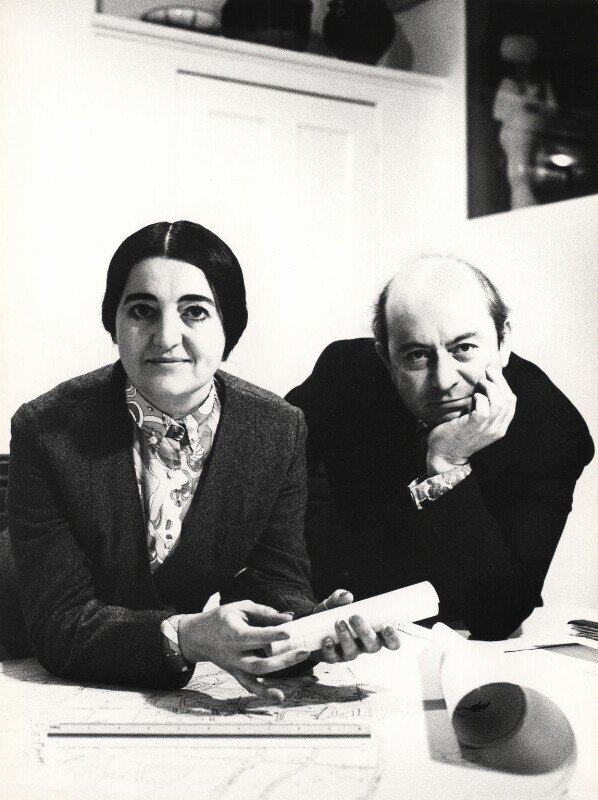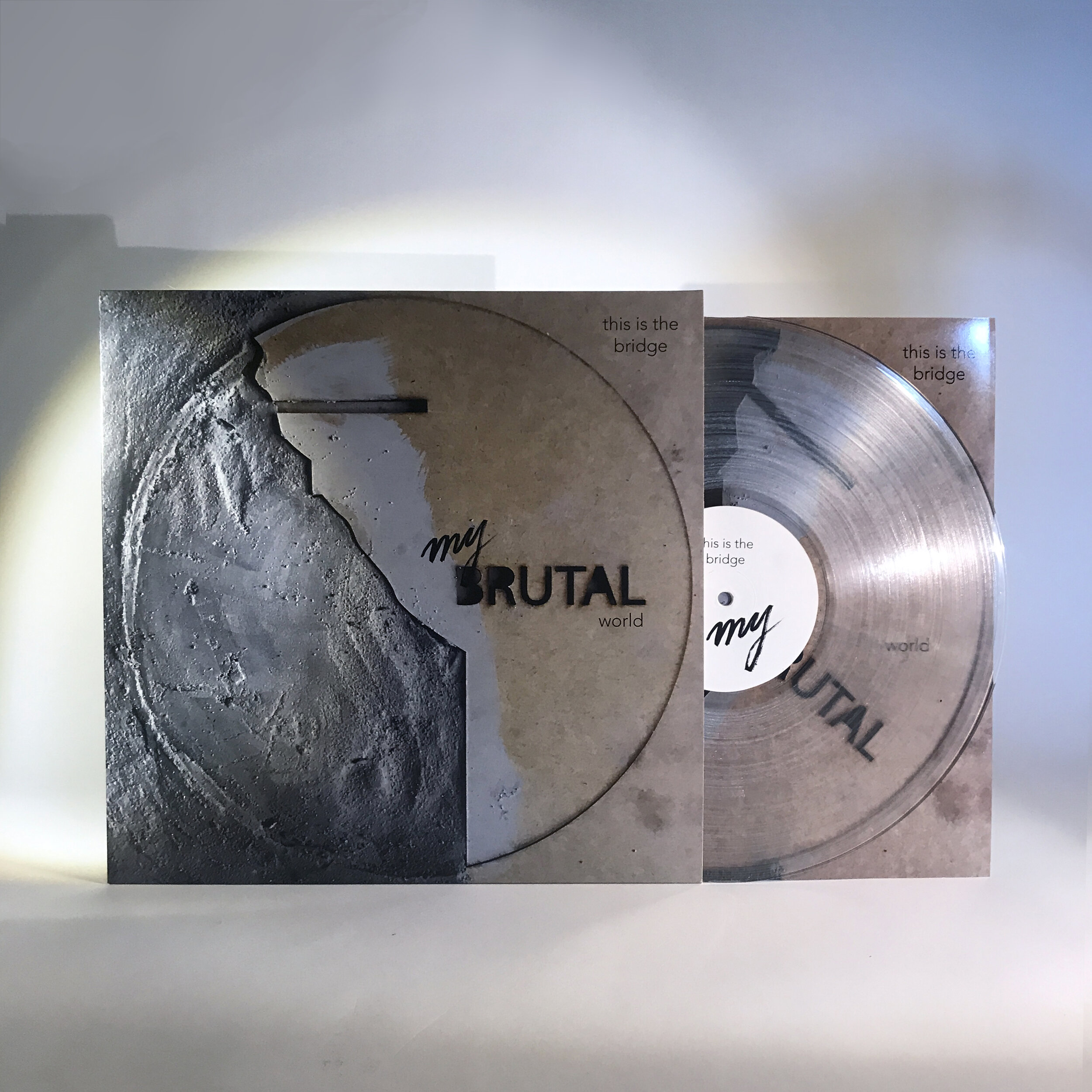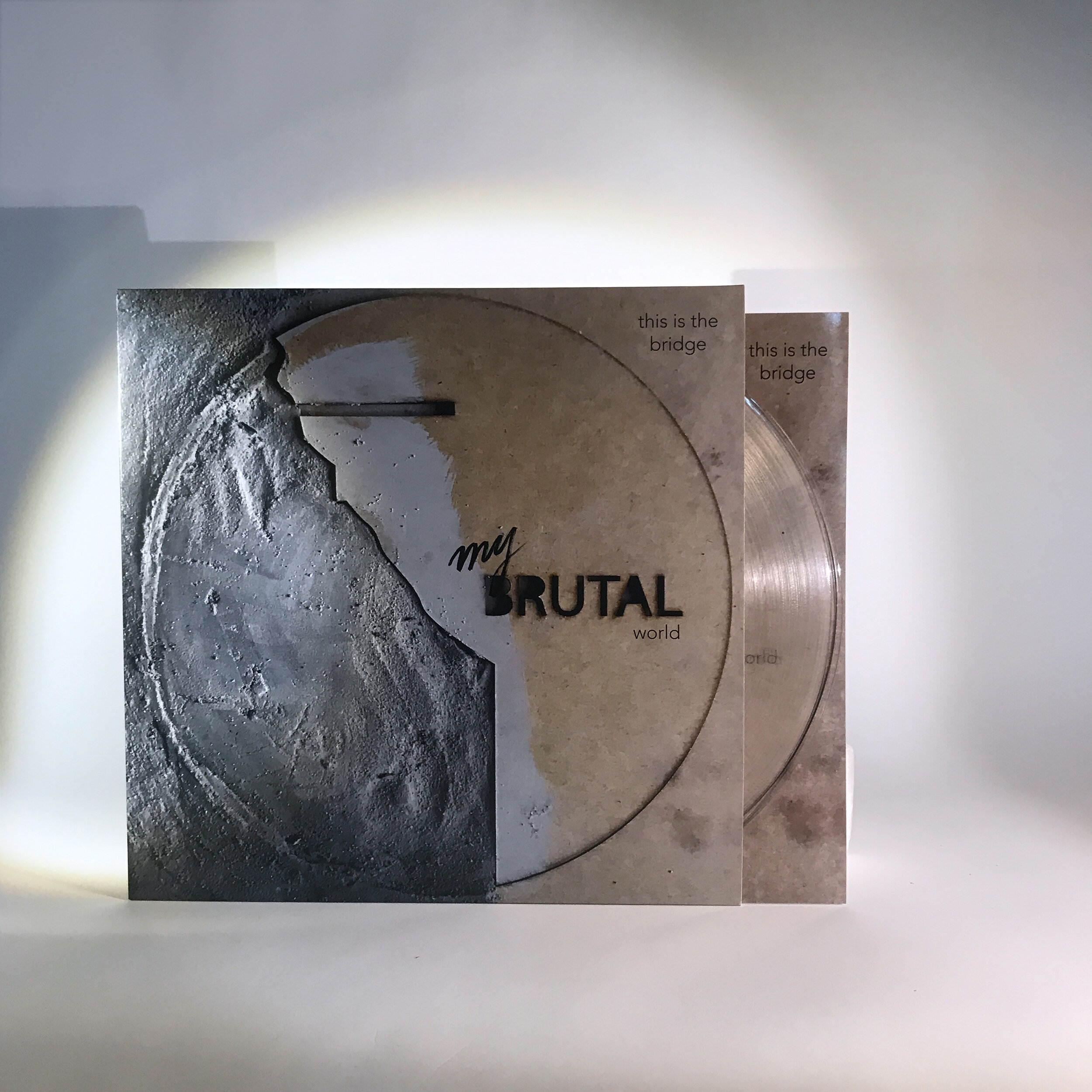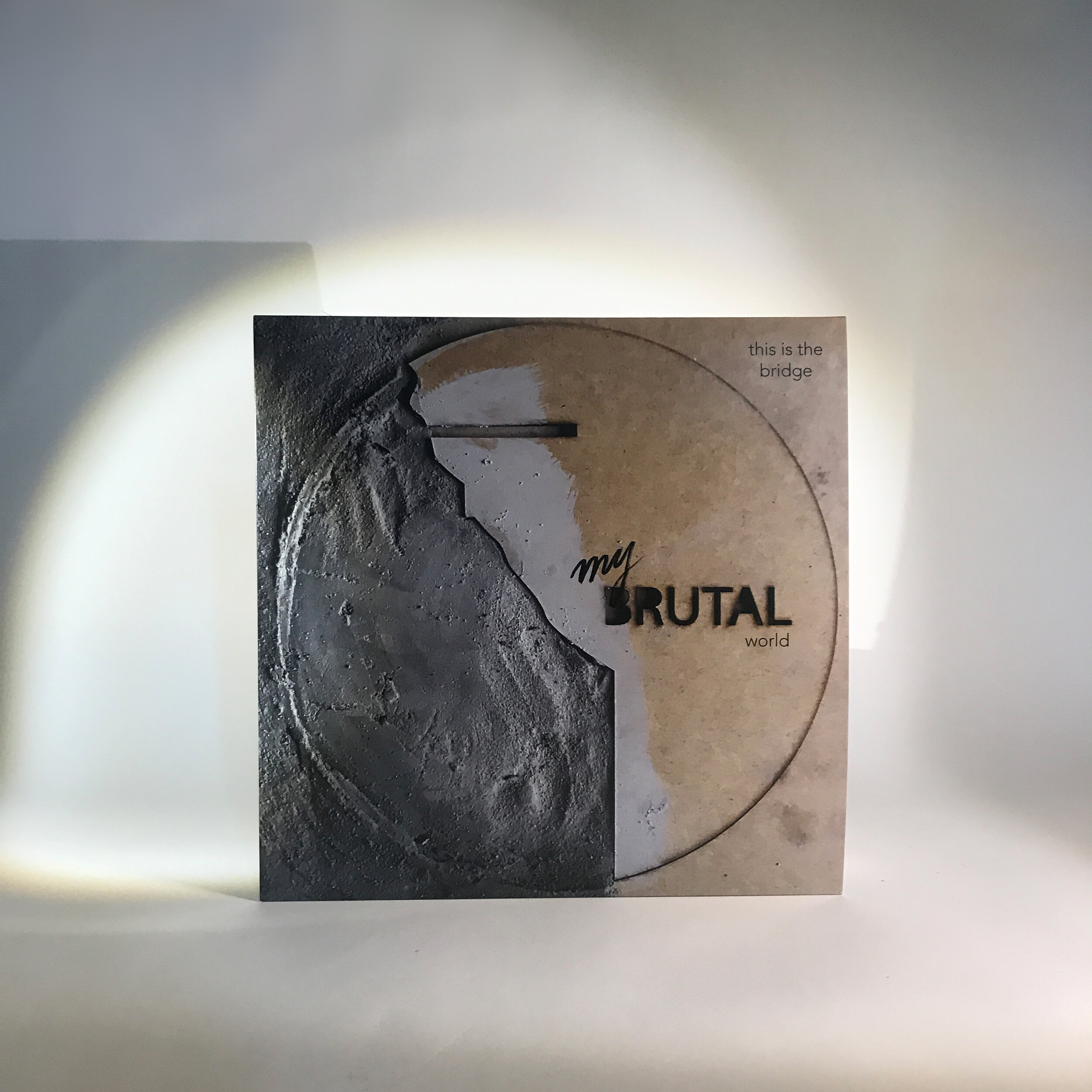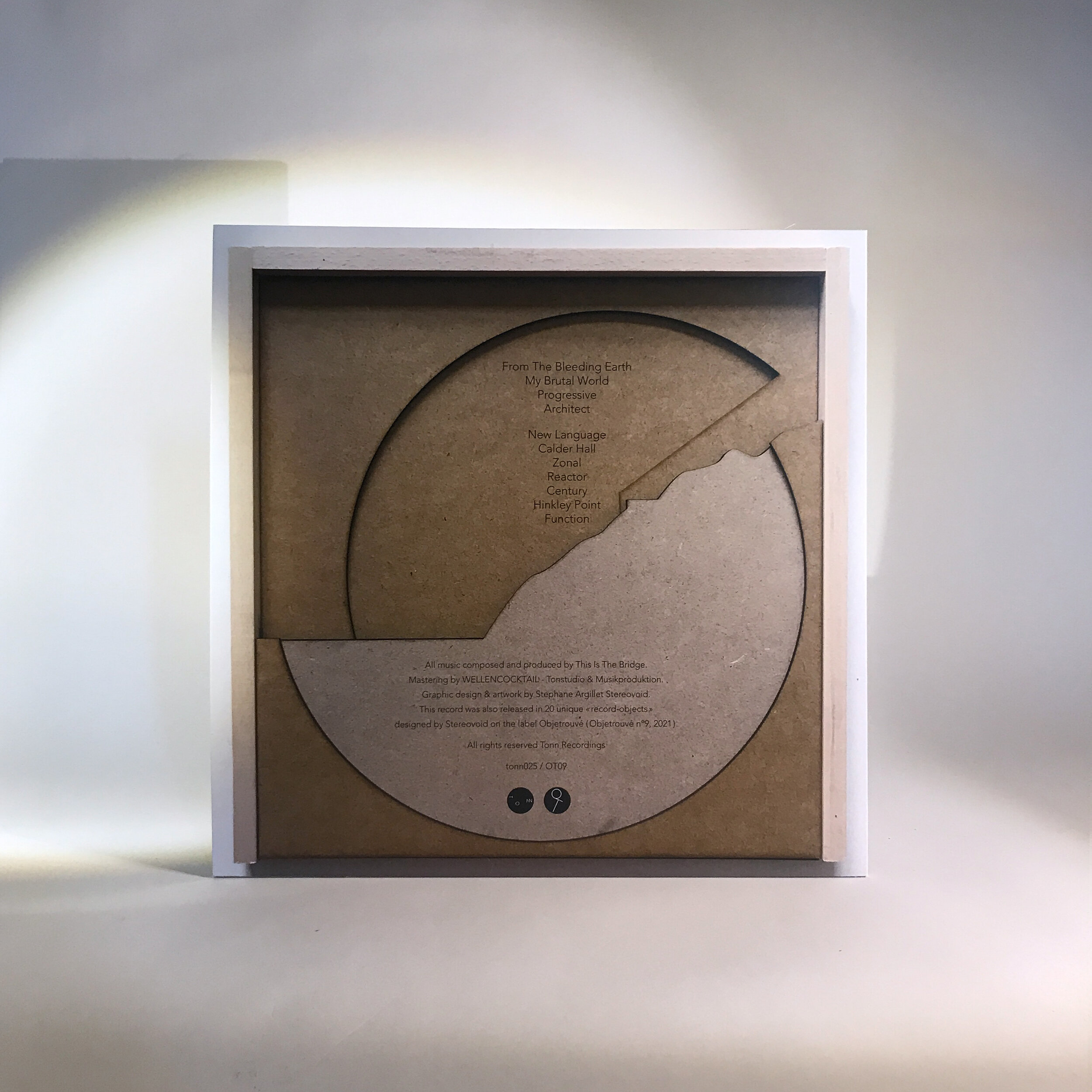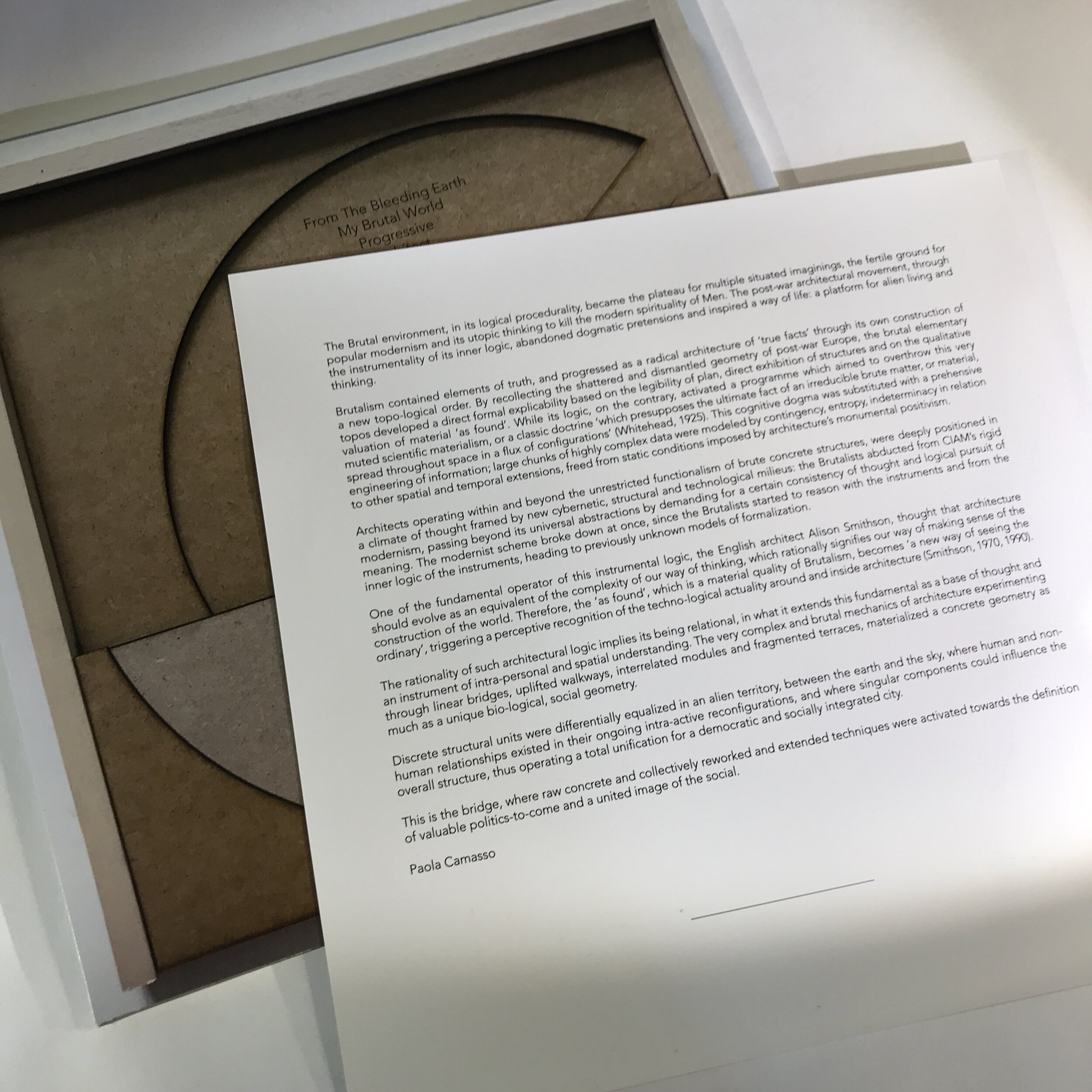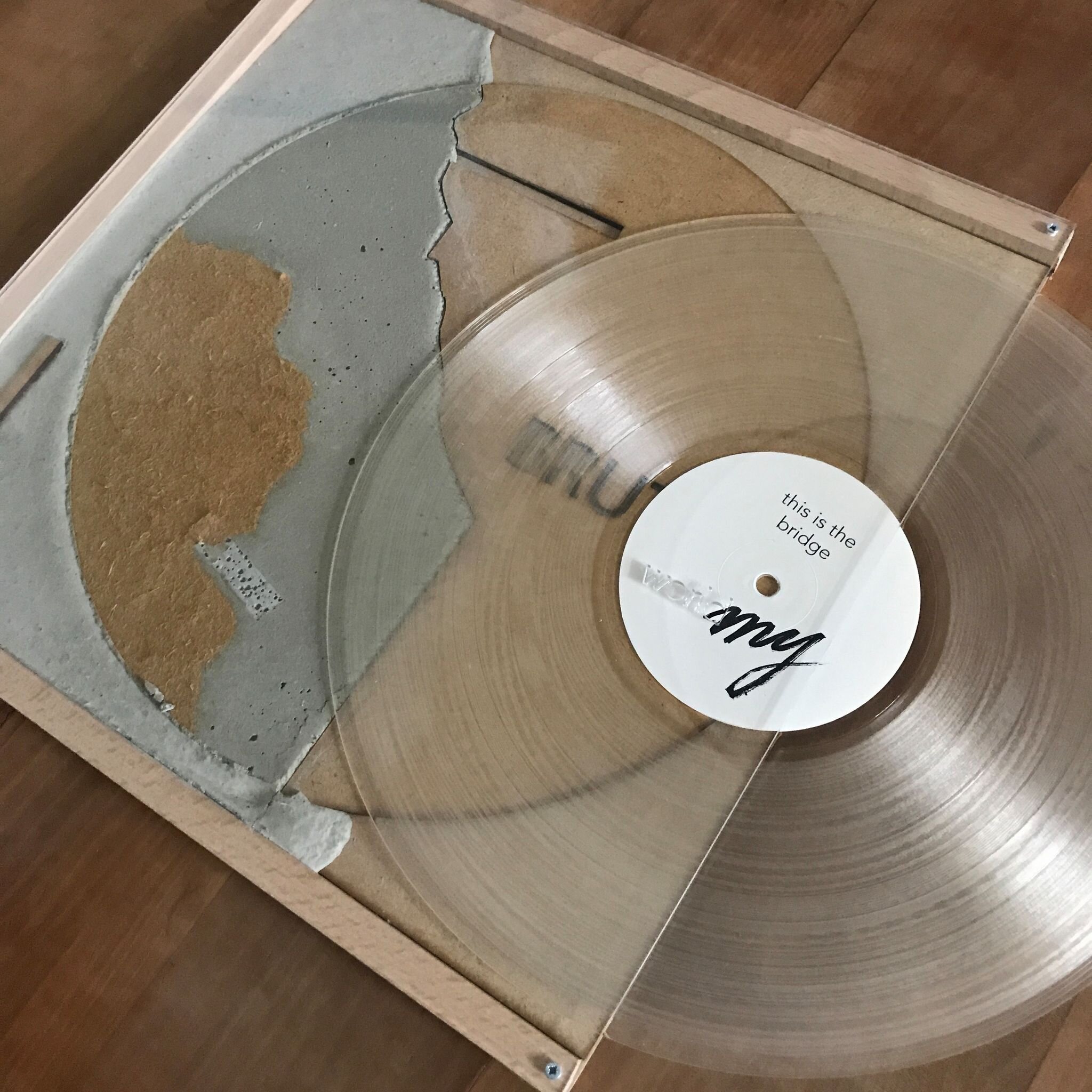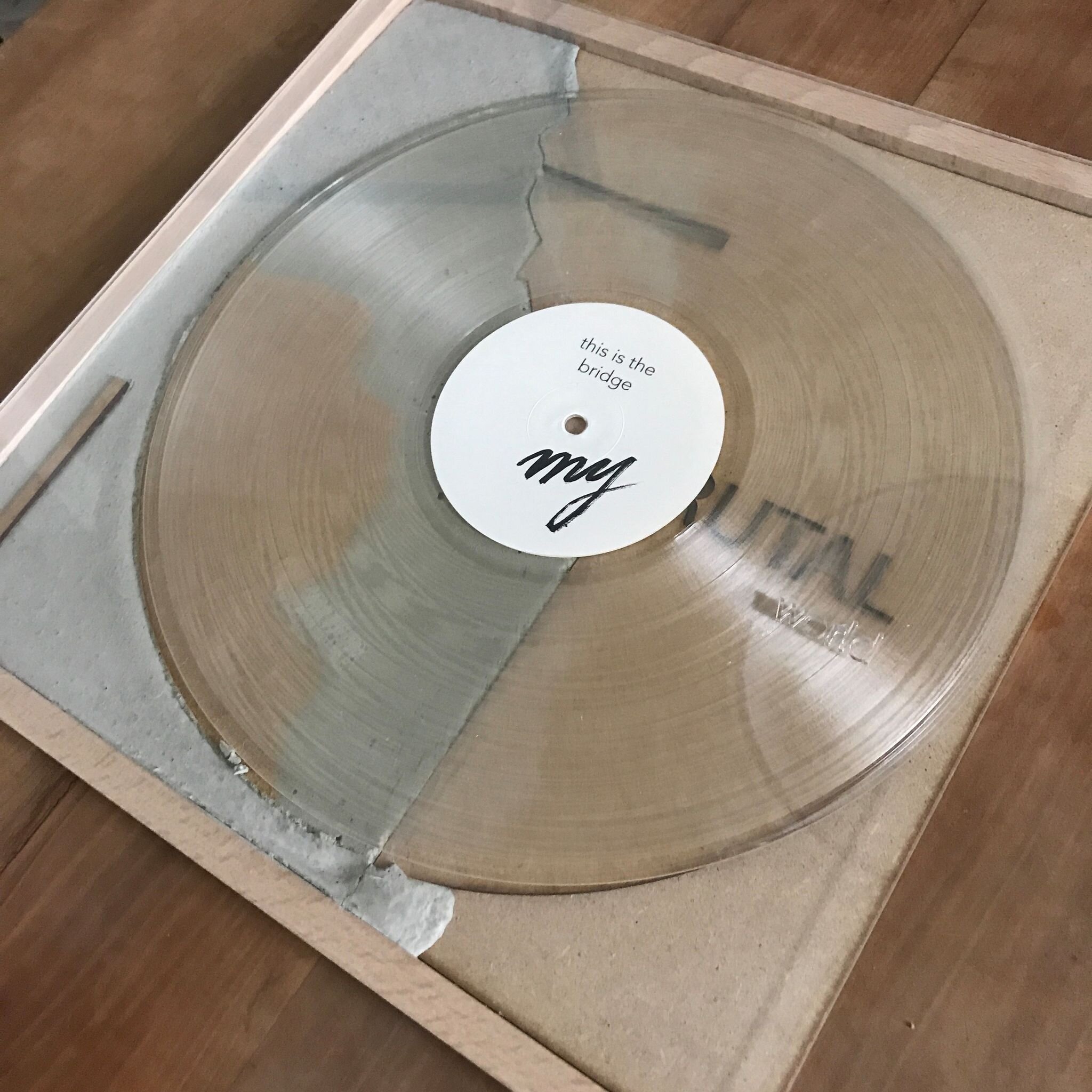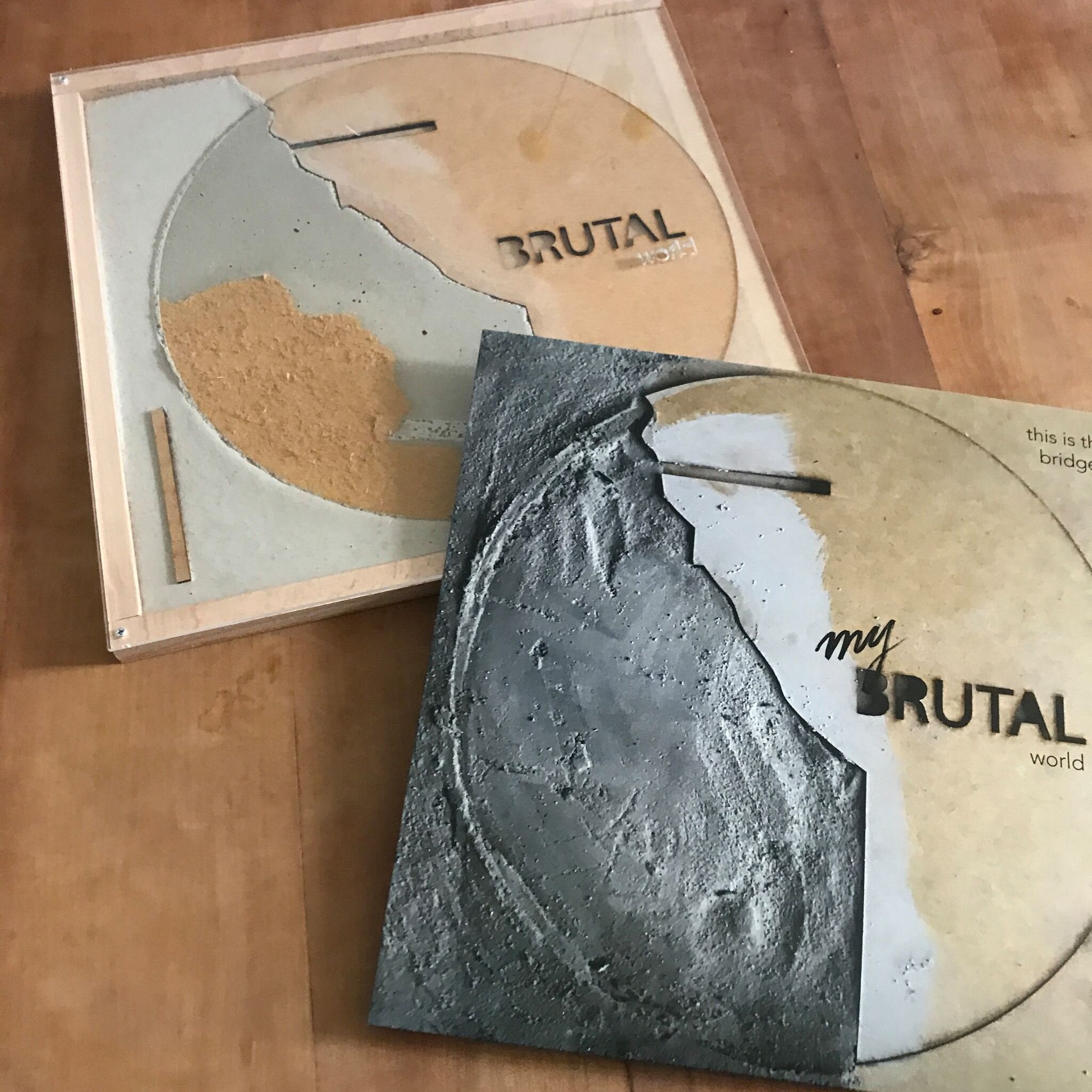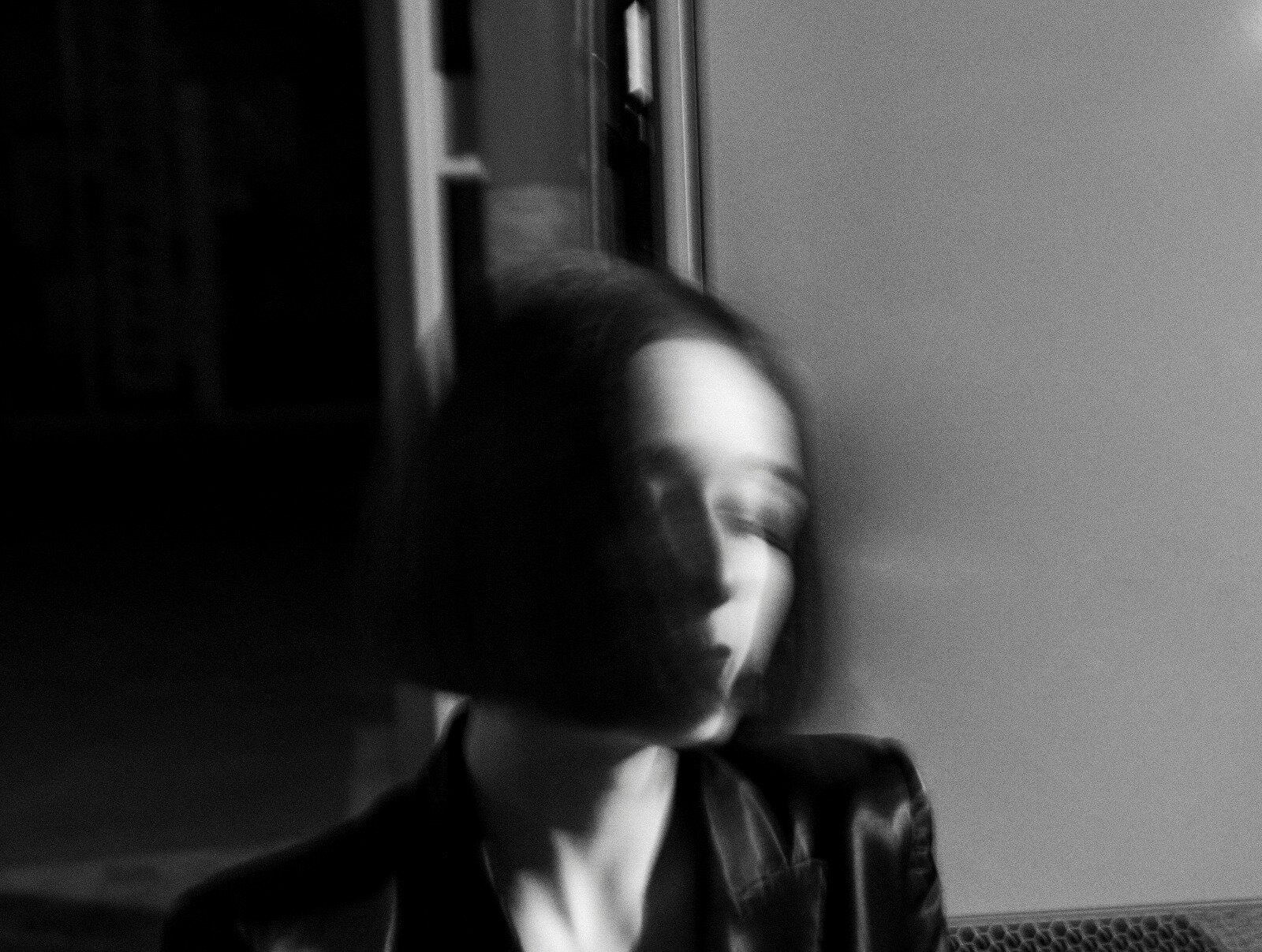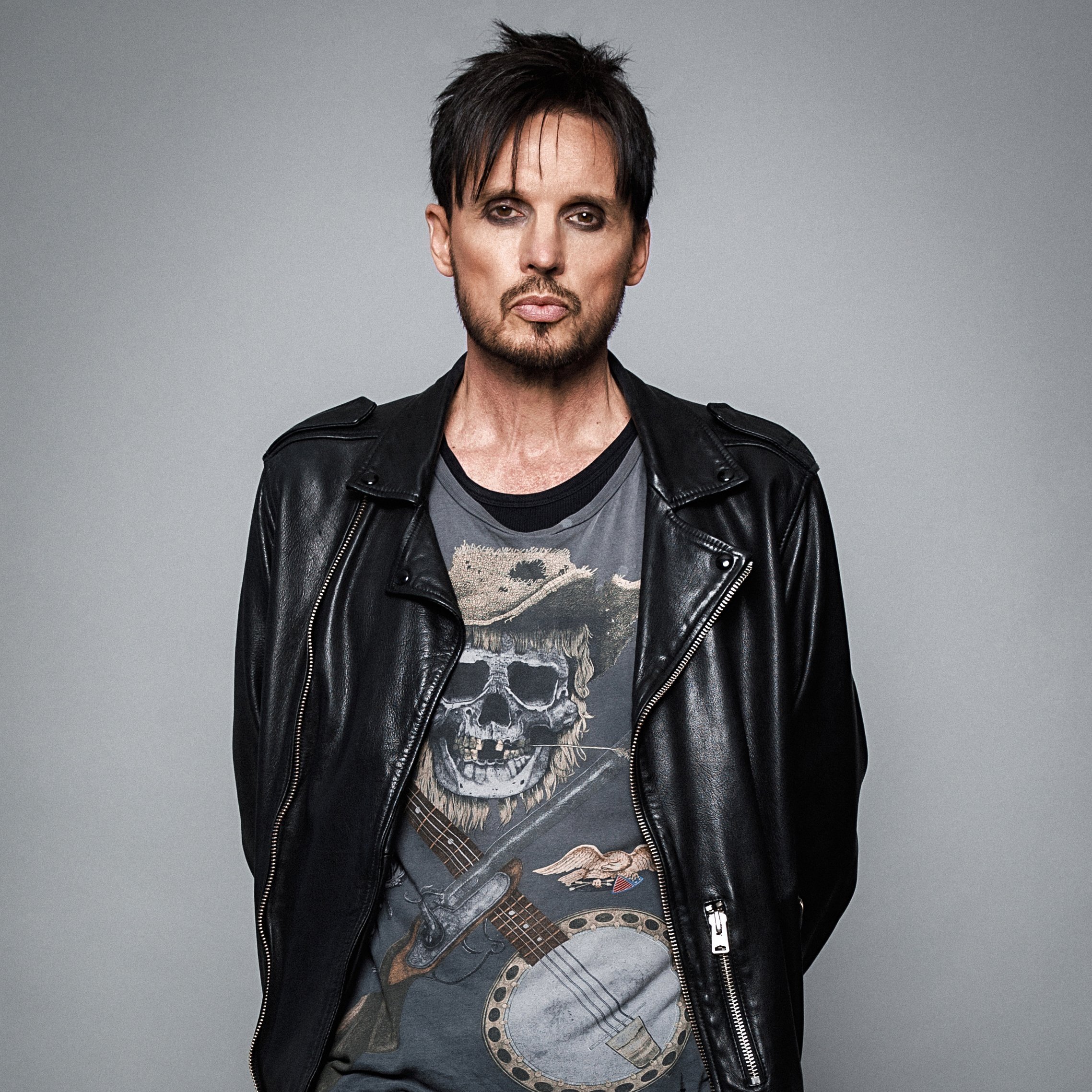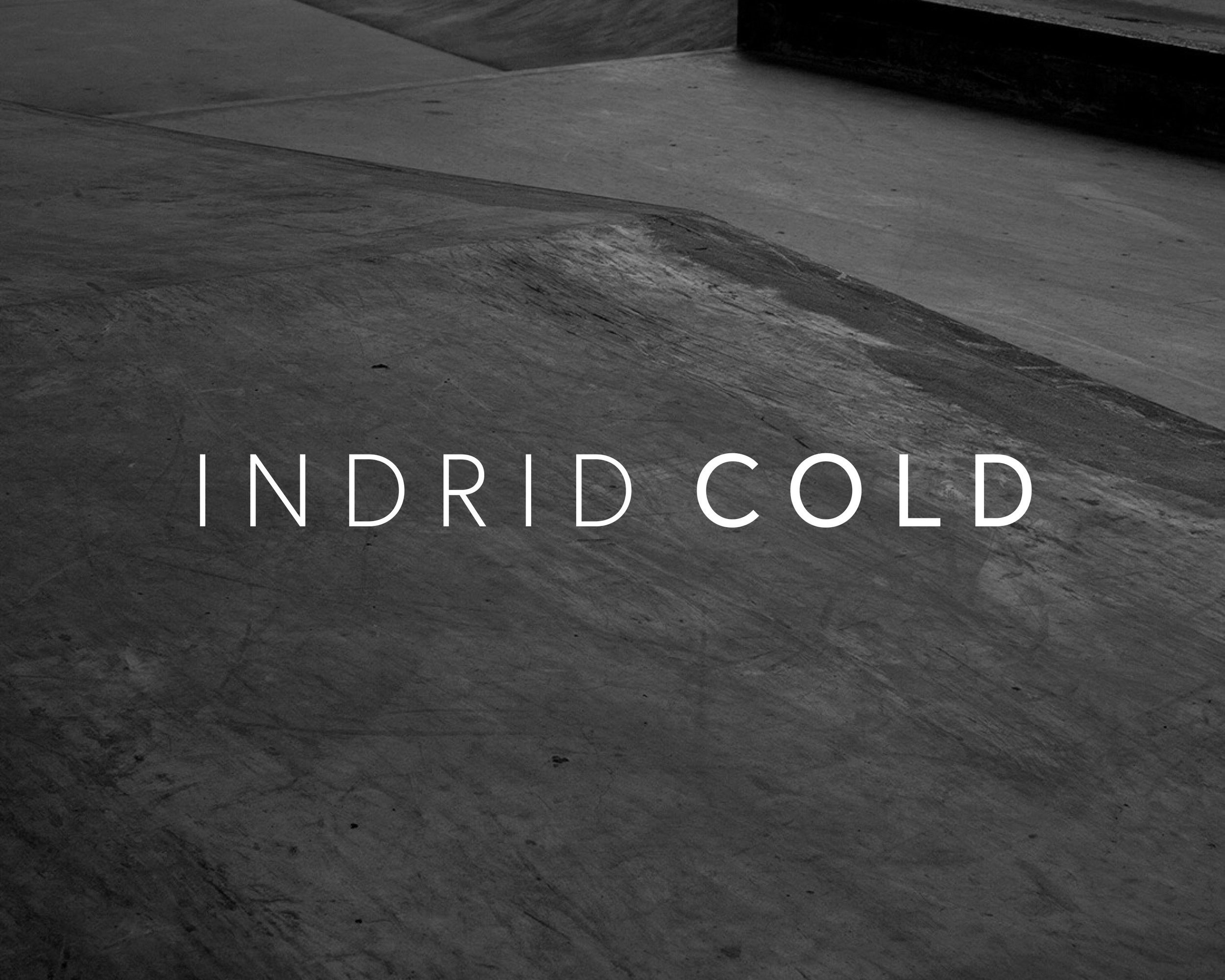THE BRUTAL ENVIRONMENT
Image: Robin Hood Gardens, London
The following text is specially commissioned by TONN Recordings to accompany ‘My Brutal World’ by This Is The Bridge. ‘My Brutal World’ is co-released by TONN Recordings and Objetrouvé, available in both standard 12” vinyl on TONN and special collector’s edition 12” on Objetrouvé.
The Brutal environment, in its logical procedurality, became the plateau for multiple situated imaginings, the fertile ground for popular modernism and its utopic thinking to kill the modern spirituality of Men. The post-war architectural movement, through the instrumentality of its inner logic, abandoned dogmatic pretensions and inspired a way of life: a platform for alien living and thinking.
Brutalism contained elements of truth, and progressed as a radical architecture of ‘true facts’ through its own construction of a new topo-logical order. By recollecting the shattered and dismantled geometry of post-war Europe, the brutal elementary topos developed a direct formal explicability based on the legibility of plan, direct exhibition of structures and on the qualitative valuation of material ‘as found’. While its logic, on the contrary, activated a programme which aimed to overthrow this very muted scientific materialism, or a classic doctrine ‘which presupposes the ultimate fact of an irreducible brute matter, or material, spread throughout space in a flux of configurations’ (Whitehead, 1925). This cognitive dogma was substituted with a prehensive engineering of information; large chunks of highly complex data were modelled by contingency, entropy, indeterminacy in relation to other spatial and temporal extensions, freed from static conditions imposed by architecture’s monumental positivism.
Architects operating within and beyond the unrestricted functionalism of brute concrete structures, were deeply positioned in a climate of thought framed by new cybernetic, structural and technological milieus: the Brutalists abducted from CIAM’s rigid modernism, passing beyond its universal abstractions by demanding for a certain consistency of thought and logical pursuit of meaning. The modernist scheme broke down at once, since the Brutalists started to reason with the instruments and from the inner logic of the instruments, heading to previously unknown models of formalisation.
“...the ‘as found’, which is a material quality of Brutalism, becomes ‘a new way of seeing the ordinary’...”
Alison and Peter Smithson
One of the fundamental operator of this instrumental logic, the English architect Alison Smithson, thought that architecture should evolve as an equivalent of the complexity of our way of thinking, which rationally signifies our way of making sense of the construction of the world. Therefore, the ‘as found’, which is a material quality of Brutalism, becomes ‘a new way of seeing the ordinary’, triggering a perceptive recognition of the techno-logical actuality around and inside architecture (Smithson, 1970, 1990).
The rationality of such architectural logic implies its being relational, in what it extends this fundamental as a base of thought and an instrument of intra-personal and spatial understanding. The very complex and brutal mechanics of architecture experimenting through linear bridges, uplifted walkways, interrelated modules and fragmented terraces, materialized a concrete geometry as much as a unique bio-logical, social geometry.
“...unification for a democratic and socially integrated city...”
Discrete structural units were differentially equalized in an alien territory, between the earth and the sky, where human and non-human relationships existed in their ongoing intra-active reconfigurations, and where singular components could influence the overall structure, thus operating a total unification for a democratic and socially integrated city.
This is the bridge, where raw concrete and collectively reworked and extended techniques were activated towards the definition of valuable politics-to-come and a united image of the social.
‘My Brutal World’ is available as standard edition 12” LP or as a digital download from TONN Bandcamp.
Paola Camasso
PhD Researcher in Architectural & Urban History and Theory at The Bartlett School of Architecture, UCL.



